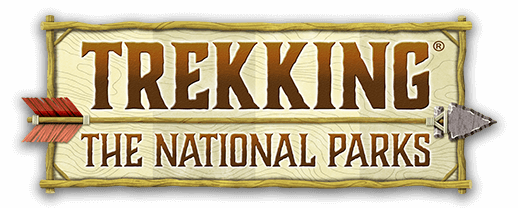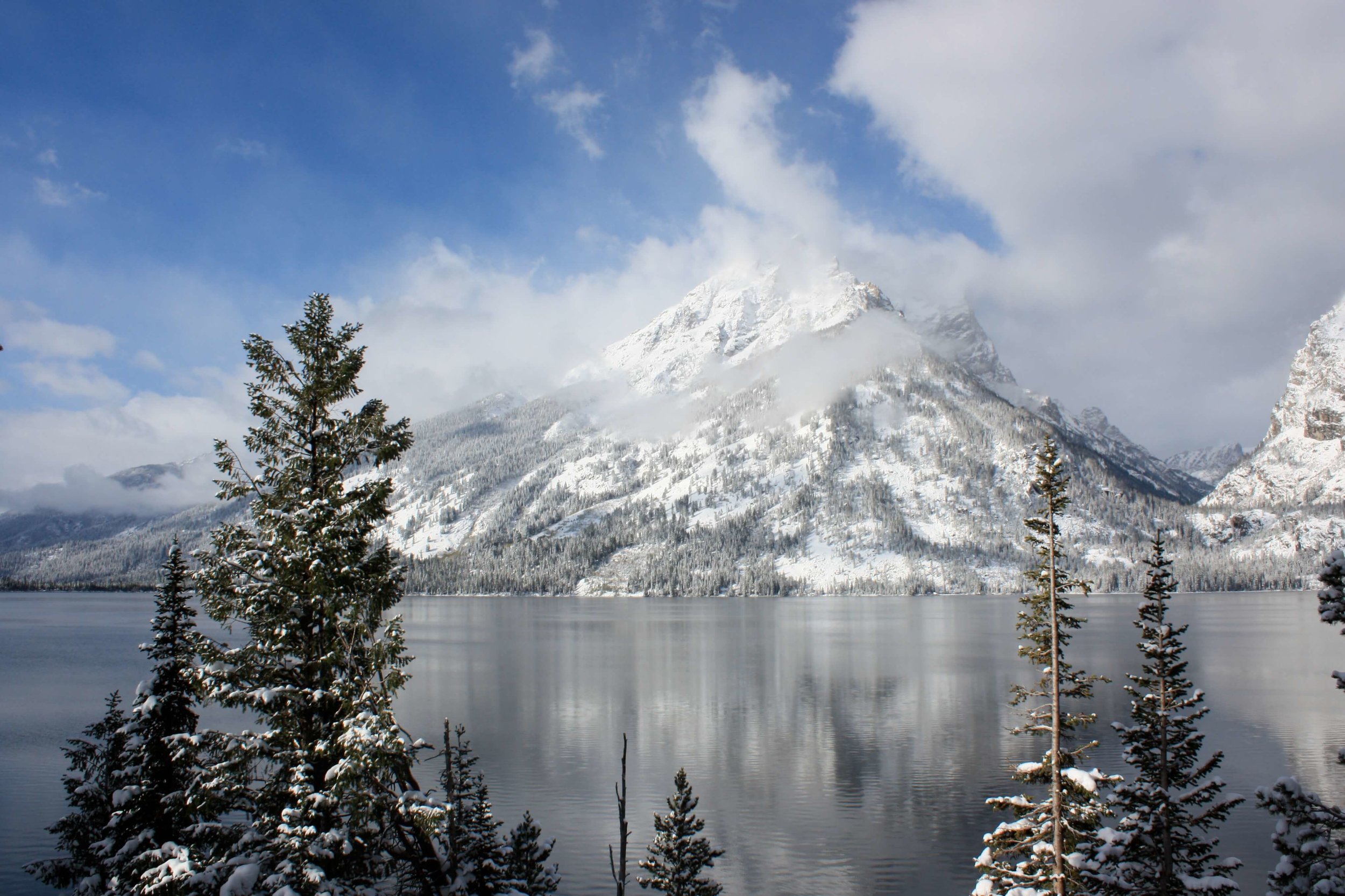Grand Teton National Park
Located: Wyoming - Established: February 26, 1929
The Park: The creation of Grand Teton National Park was perhaps the country’s most controversial. The congressional bill authorizing the formation of the park was officially signed into law in 1929.
However, because the original park lacked a “complete, all-encompassing landscape," Horace Albright and others who felt the park needed to be expanded began a grass roots effort to purchase private land tracts adjacent to the Teton Range and “gift” these properties to the Park Service.
Trekking the Tetons. Our 2nd park visit!
John D. Rockefeller, Jr. agreed with Albright and secretly formed the Snake River Land Company, which purchased more than 35,000 acres of private lands. The intent of these purchases was to donate the properties to the government thus expanding Grand Teton National Park.
When word got out about what the Land Company intended to do with the properties, a firestorm of opposition erupted and a bitter 20-year struggle began.
Opposition to the expansion of Grand Teton National Park came from sheep, cattle and dude ranchers, the US Forest Service, local ranchers and businessmen.
After decades of controversy and conflict, and the slow realization that tourism would become a major benefit to the local economy, the establishment of the “new” and expanded Grand Teton National Park finally occurred.
Mormon Row Barn
Physical Characteristics: Grand Teton is comprised of four key elements: First and foremost, the majestic peaks of the Teton Range remain the centerpiece of this park. Along the eastern edge of the mountains, you’ll discover a string of gorgeous glacially formed lakes. Jackson Hole valley is home to significant populations of elk, bison, pronghorn, deer, moose and 300 other species of mammals and birds. And finally the Snake River meanders 40 miles through the valley floor.
Getting there: Set in the northwestern corner of Wyoming, the park lies just north of Jackson, WY. The Moose Visitor Center is located at the southern reaches of the park approximately 13 miles north of Jackson. The Jackson Hole Airport is actually situated inside the park boundaries.
When to visit: Most visitors come to the Tetons during the summer months; however, anytime is a good time to visit these magnificent mountains.We visited in early October and were dusted with a light snowfall.
What to do. The Tetons offers a plethora of opportunities for sightseeing and outdoor engagement including hiking, biking, climbing, boating, fishing, scenic drives, horseback riding, wildlife viewing and more!
Hiking: Hiking opportunities abound at Grand Teton ranging from easy day hikes to strenuous and technical climbs to the peaks of the Teton Range. Recommended reading: Teton Trails – A Guide to the Trails of Grand Teton National Park.
Where to stay: There are over 1000 campsites located in six different campgrounds ranging from “tent only” sites at Jenny Lake Campground to full RV hookup sites at Headwaters Campground.
Lodging ranges from rustic to luxury depending upon your budget and tastes. There are plenty of lodging options within the park and just outside the park in nearby Jackson, WY.
Momma and calf munching grasses along the Gros Ventre River
Wildlife: There’s a reason they call the little town where the Visitor Center is located “Moose.” The area was teeming with these massive mammals when we visited the park. We spotted the Momma and her calf (pictured above) munching grasses just off the Gros Ventre Road.
Other critters we encountered were a herd of bison bumping heads, plenty of pronghorn prancing and a couple of elk seeking out the sweet grasses of the valley.
Head-butting bison
Memorable moment: Hiking near Jenny Lake in a gentle snow shower in early October.
Banner: Teton Range. Photo by Andrew Thomas
Experience these Check List:
- Stop by any of the park's six Visitor and Information Centers
- Stock up at Dornan's General Store in Moose. Good wines, cheeses and locally roasted coffee beans!
- Take the Teton Park Road Scenic Drive
- Hike the park's many trails.
- Explore the Jenny and Jackson Lake areas
- Float down the Snake
- Visit Mormon Row and the Gros Ventre River.
Jenny Lake
Terry trekking a snow-covered Teton trail.







